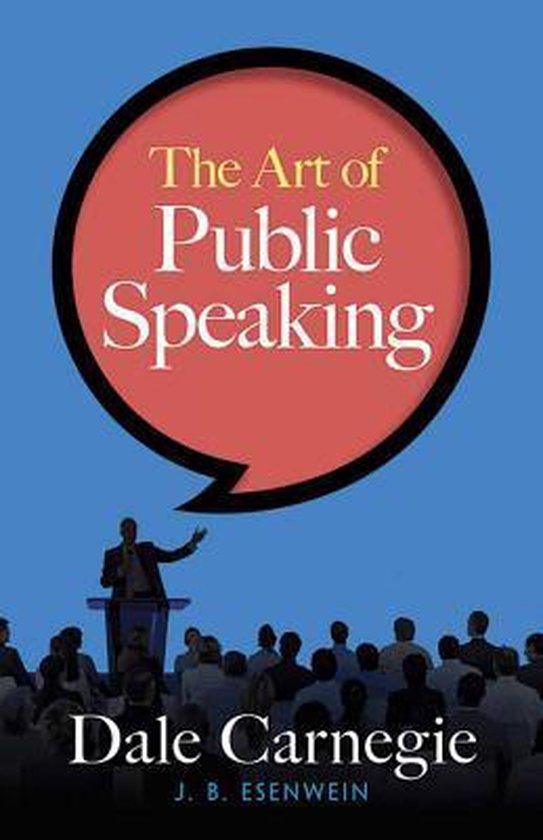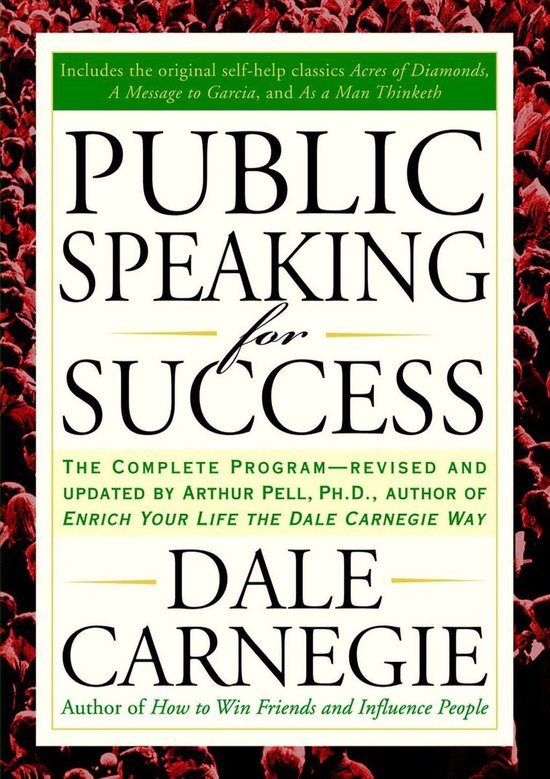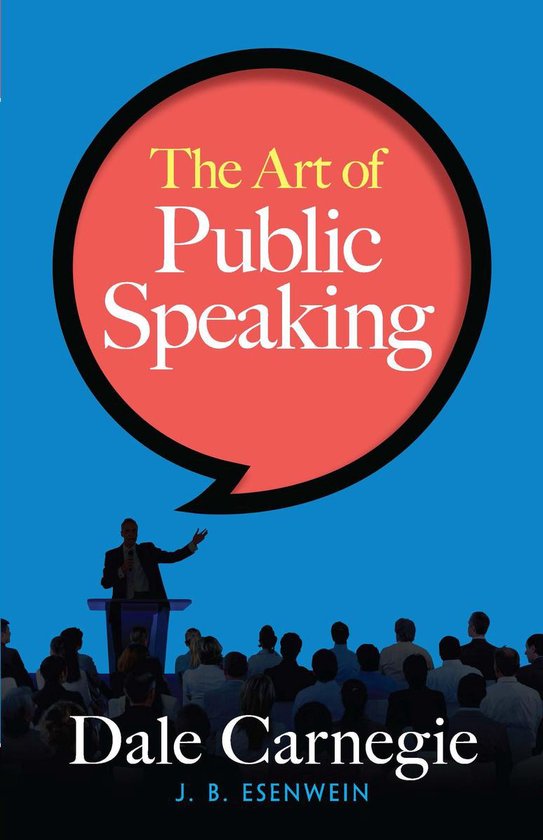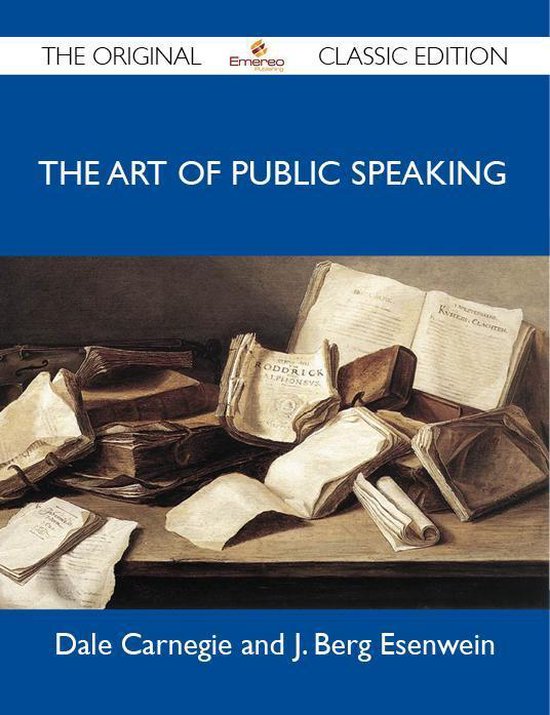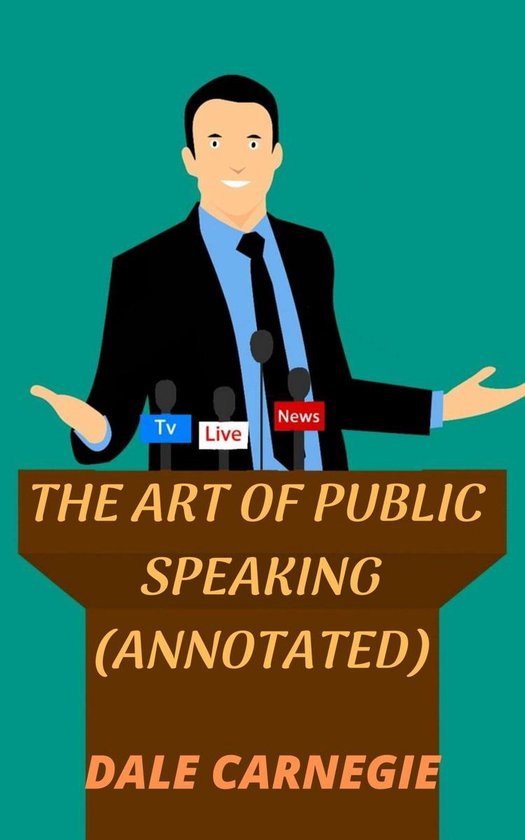
The Art of Public Speaking (Annotated)
THIS IS THE ANNOTATED VERSION OF THE ORIGINAL BOOK. WE HAD ANNOTATED THIS BOOK BY ADDING 50% TO 60% SUMMARY APPROXIMATELY 85,000 WORDS AT THE END OF THIS BOOK.
THIS BOOK IS ALL ABOUT THE ART OF PUBLIC SPEAKING. THE FOLLOWING CONTENTS ARE COVERED IN THIS BOOK
Table of Contents
THINGS TO THINK OF FIRST—A FOREWORD
CHAPTER I—ACQUIRING CONFIDENCE BEFORE AN AUDIENCE
CHAPTER II—THE SIN OF MONOTONY
CHAPTER III—EFFICIENCY THROUGH EMPHASIS AND SUBORDINATION
CHAPTER IV—EFFICIENCY THROUGH CHANGE OF PITCH
CHAPTER V—EFFICIENCY THROUGH CHANGE OF PACE
CHAPTER VI—PAUSE AND POWER
CHAPTER VII—EFFICIENCY THROUGH INFLECTION
CHAPTER VIII—CONCENTRATION IN DELIVERY
CHAPTER IX—FORCE
CHAPTER X—FEELING AND ENTHUSIASM
CHAPTER XI—FLUENCY THROUGH PREPARATION
CHAPTER XII—THE VOICE
CHAPTER XIII—VOICE CHARM
CHAPTER XIV—DISTINCTNESS AND PRECISION OF UTTERANCE
CHAPTER XV—THE TRUTH ABOUT GESTURE
CHAPTER XVI—METHODS OF DELIVERY
CHAPTER XVII—THOUGHT AND RESERVE POWER
CHAPTER XVIII—SUBJECT AND PREPARATION
CHAPTER XIX—INFLUENCING BY EXPOSITION
CHAPTER XX—INFLUENCING BY DESCRIPTION
CHAPTER XXI—INFLUENCING BY NARRATION
CHAPTER XXII—INFLUENCING BY SUGGESTION
CHAPTER XXIII—INFLUENCING BY ARGUMENT
CHAPTER XXIV—INFLUENCING BY PERSUASION
CHAPTER XXV—INFLUENCING THE CROWD
CHAPTER XXVI—RIDING THE WINGED HORSE
CHAPTER XXVII—GROWING A VOCABULARY
CHAPTER XXVIII—MEMORY TRAINING
CHAPTER XXIX—RIGHT THINKING AND PERSONALITY
CHAPTER XXX—AFTER-DINNER AND OTHER OCCASIONAL SPEAKING
CHAPTER XXXI—MAKING CONVERSATION EFFECTIVE
APPENDIX A—FIFTY QUESTIONS FOR DEBATE
APPENDIX B—THIRTY THEMES FOR SPEECHES, WITH SOURCE-REFERENCES
APPENDIX C—SUGGESTIVE SUBJECTS FOR SPEECHES; HINTS FOR TREATMENT
APPENDIX D—SPEECHES FOR STUDY AND PRACTISE
GENERAL INDEX
ABOUT DALE CARNEGIE
Dale Breckenridge Carnegie (originally Carnagey until 1922 and possibly somewhat later) (November 24, 1888 – November 1, 1955) was an American writer and lecturer and the developer of famous courses in self-improvement, salesmanship, corporate training, public speaking, and interpersonal skills. Born in poverty on a farm in Missouri, he was the author of How to Win Friends and Influence People, first published in 1936, a massive bestseller that remains popular today. He also wrote a biography of Abraham Lincoln, titled Lincoln the Unknown, as well as several other books. Carnegie was an early proponent of what is now called responsibility assumption, although this only appears minutely in his written work. One of the core ideas in his books is that it is possible to change other people's behavior by changing one's reaction to them.
About Joseph Berg Esenwein
Joseph Berg Esenwein (May 16, 1867–November 1, 1946) was an American editor, lecturer, and writer. He was noted for contributions to the Library of the World's Best Literature.[
Esenwein was born in Philadelphia to parents Augustus and Catherine Esenwein. He was educated at Albright College, Millersville Normal School, Lafayette College, Richmond College and the University of Omaha. He was president of Albright Collegiate Institute in 1895–96, and in the following year held the position of educational director of the Y. M. C. A. at Washington Heights, New York City.
After a year of foreign travel, he became a professor of English at the Pennsylvania Military College at Chester, subsequently giving up teaching in 1903 to become manager of the Booklovers' Magazine. Two years later, he was made editor and manager of Lippincott's Magazine, a position which he held until 1914 while teaching a private course on short-story writing.[2] In 1915, he became editor of The Writer's Monthly, Springfield, Mass. He is known both as a lecturer and writer.
Keywords
BEST NON-FICTION BOOK ON PUBLIC SPEAKING
BEST NON-FICTION BOOK ON HUMAN SCIENCE
HUMAN SCIENCE BOOK
| Auteur | | Dale Carnegie |
| Taal | | Engels |
| Type | | E-book |
| Categorie | |
